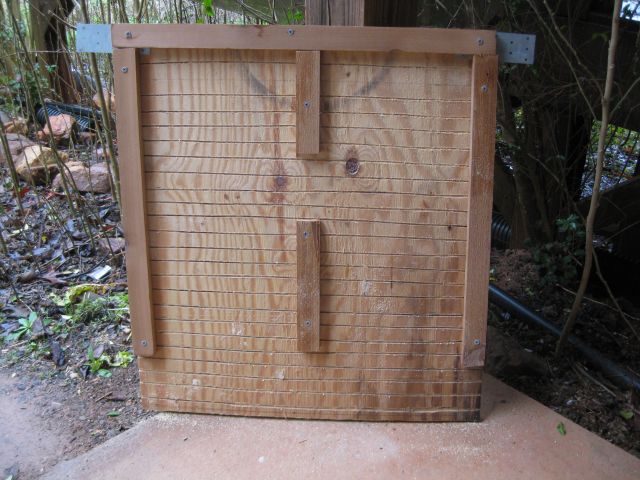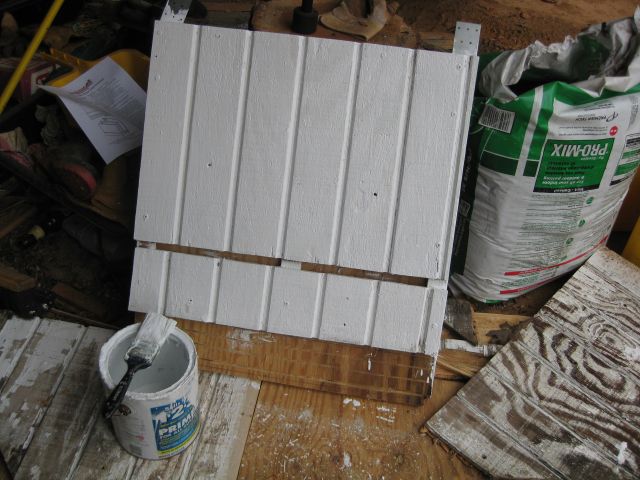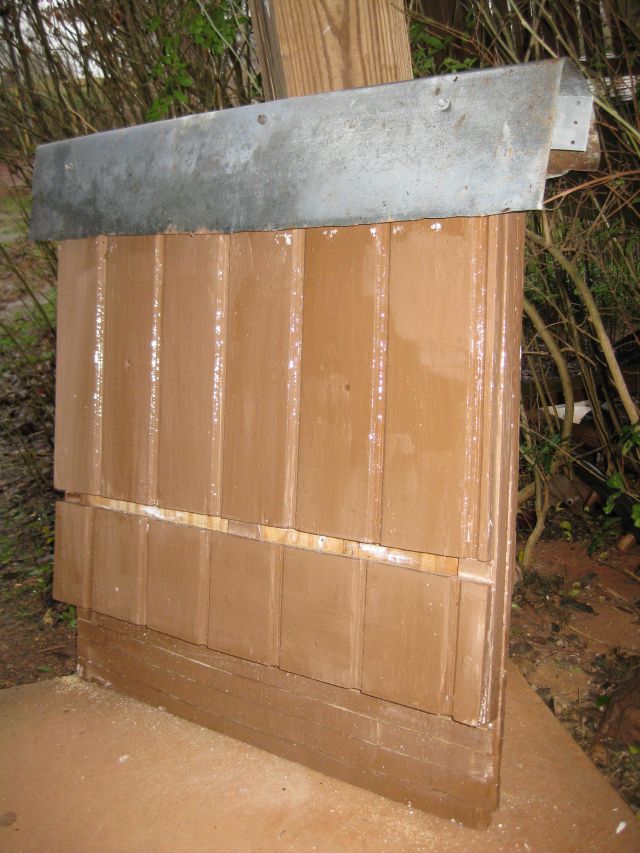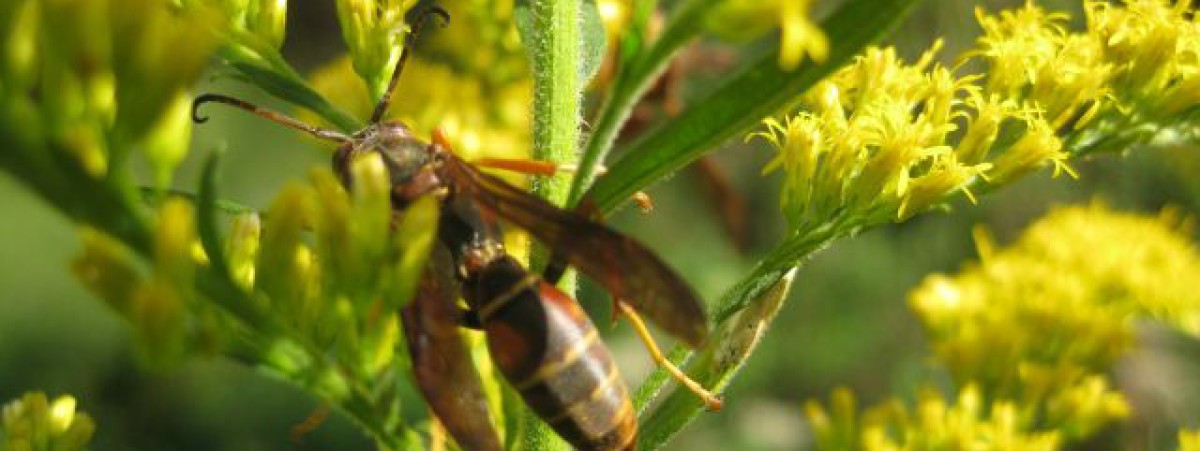Rain has been unrelenting in the Atlanta area. I have captured all I can in my storage tanks and contour ditches and I hope most of the surplus is recharging the underground reservoirs and not running for the Gulf. So, with little to do outside, I decided to build a bat house.
I am increasingly relying on natural predators to combat pests. Because the weather has been unusually warm, a number of pest families are happily populating themselves on my lettuce in my cold frames. So I was pleased to see that the ladybugs, which overwinter in the logcabin, have also turned their thoughts to population expansion. I captured several preoccupied couples and gently deposited them on the lettuce plants in the cold frame and hope, when their immediate priorities have been satisfied, they will turn their attentions to food snacking and find something worth eating. My biggest challenge will be towards the end of summer when the BMSB (brown marmorated stink bug) returns. Neighbors suggested using a nicotine spray (cigarette contents liquified) to fight them but yesterday a visitor, who is a local master gardener, was surprised with this concept and said I could be turning tobacco mosaic virus loose on my tomatoes. Some research is needed here. But, back to the bats which are great predators of night insects (moths) and are surely, a more natural and effective solution than using red light traps and lures.
I recently replaced 23/32 plywood sheathing on the Atlanta house with hardiplank cement siding (a much better long term solution) and the weathered plywood sheathing has waited patiently for a new use – why not, for starters, a one chamber bat house. Several websites offer finished models or books (thin books <60 pages >$8) but with little effort I found a great conservation website with free instructions for my bat house: http://www.batcon.org/pdfs/bathouses/SingleChamberBHPlans.pdf.
I shall be attaching the bat house high up on the east side of my barn where I know there is bat activity. My raw materials outlay has been modest – just a 1″x 2″- 8ft length of cedar for $2.47. The cedar is a compromise since I did not want to use treated wood and untreated pine wood will not endure. I hope bats do not have an issue with cedar. All the other materials were either left overs or recycled from disassembled structures. I also decided, when I saw the price, to buy a second circular saw. I have a heavy duty professional model which I keep in Atlanta and am using to cut the hardiplank. Lowe’s was selling a light duty Blue Hawk saw for $30 and I decided to splurge and will keep it at my log cabin and, if it should be stolen, it will be an easier loss to bear (by the way it works fine).
The one chamber bat house is simple to construct – you just follow the plan provided by the website. The plan suggested applying 2 coats of dark, water-based stain to interior surfaces. I skipped this step. Not sure of the logic here. If the intention is to reduce wood deterioration then the stain should be an exterior stain which has all types of nasties to prevent mildew etc. Interior stains make the wood look nice and I am sure this is not high on the bats’ preferences. Even linseed oil has inorganic components. So I skipped the interior decoration but I did roughen the backboard as recommended by cutting horizontal grooves with the circular saw.

For the exterior, I first applied a good primer. The unpainted area at the bottom is the landing board from which the bats enter the chamber. The width between the front board (facing the photo) and the backboard is only 0.75″. I would have made it wider but those who produced the plan know better than me.

I assume self-respecting bats prefer natural wood colored habitats for their bat house and not a glossy white exterior and so I added an exterior solid brown stain. I also cut out a piece of surplus roof sheeting and folded it over the top to provide a roof for the dwelling.

Now all I have to do is wait for the rain to stop as it eventually must and then I will attach the bat house to the barn and await the new occupants.
